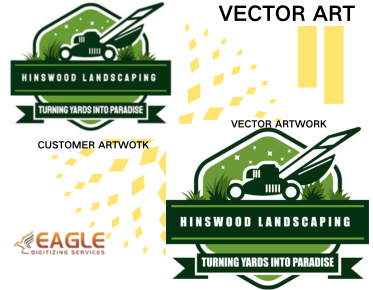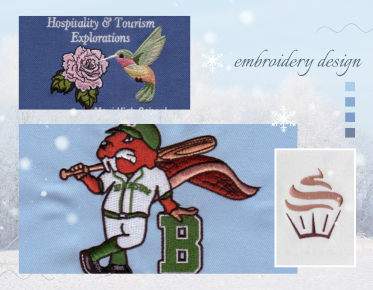How are motion graphics and kinetic typography transforming static vector art into dynamic stories?
In the constantly evolving world of digital design, motion graphics and kinetic typography have taken center stage, breathing life into what was once static art forms. These dynamic technologies have revolutionized how we perceive vector art, transforming traditional methods into compelling narratives that captivate and engage audiences on multiple levels.
Understanding Motion Graphics and Kinetic Typography
Motion graphics are a form of digital animation that combines graphic design with animation to create visual stories. They are used extensively across media platforms for branding, education, and entertainment purposes. Kinetic typography, a subset of motion graphics, focuses specifically on the movement of text to convey messages in a visually appealing manner. The interplay of text and motion creates a narrative that is both informative and enthralling.
The Impact on Vector Art
Vector art, renowned for its scalability and flexibility, is the blueprint for many digital designs ranging from logos to complex illustrations. The incorporation of motion graphics and kinetic typography has opened new avenues for vector art by adding an element of dynamism. This evolution allows designers to convert static vectors into animated segments, thereby enriching the storytelling process with visual motion that maintains clarity at any scale.
Why This Transformation Matters
The ability of motion graphics and kinetic typography to transform vector art lies in their capacity to communicate complex ideas swiftly and succinctly. This is crucial in today’s fast-paced digital landscape where attention spans are dwindling. For instance, an animated logo can make more of an impact than a static image, engaging users immediately by delivering core brand messages rapidly and memorably.
Eagle Digitizing and the Advent of Animated Vectors
Eagle Digitizing stands at the forefront of this transformation, providing comprehensive vector conversion services that cater to modern requirements. With a skilled team and cutting-edge technology, Eagle Digitizing excels in converting raster images to more versatile vector files suitable for various applications, including animation. Their services ensure that vector graphics maintain their quality and detail when animated or transformed through motion graphics.
Key Technological Innovations
Technology plays a pivotal role in this transformation. Software like Adobe After Effects and Cinema 4D have made it possible for designers to bring vector art to life. Layers of motion and depth can be added, creating an immersive experience. These tools allow for intricate animation of vector elements, offering features like real-time rendering and dynamic effects which are essential for producing high-quality digital media.
Applications Across Industries
The implications of marrying vector art with motion graphics and kinetic typography extend far beyond simple animation. In marketing, for example, animated banner ads and social media content crafted using these methods can boost engagement significantly. In education, animated infographics and explainer videos can simplify complex subjects, making them more accessible and engaging to learners of all ages.
Looking Ahead
As technology continues to advance, the potential applications for combining vector art with motion graphics are limitless. Emerging technologies like augmented reality (AR) and virtual reality (VR) could integrate these dynamic graphic elements, ushering in new ways of interaction and storytelling. These technologies could redefine visual communication, offering users personalized and immersive experiences that go beyond the screen.
Conclusion and Future Predictions
Motion graphics and kinetic typography are reshaping the landscape of vector art by transforming static designs into dynamic storytelling assets. With the demand for interactive and visually rich content on the rise, integrating these technologies is becoming essential for engaging audiences. Whether used for branding, advertising, education, or entertainment, the future of vector-based animation holds promise for endless creativity and innovation.
This blog discusses how motion graphics and kinetic typography are altering the static nature of vector art, transforming it into dynamic storytelling. Key technological advancements and the role of companies like Eagle Digitizing in facilitating this transition are explored. The potential and future of integrating these technologies in various industries are also highlighted.
.png)


